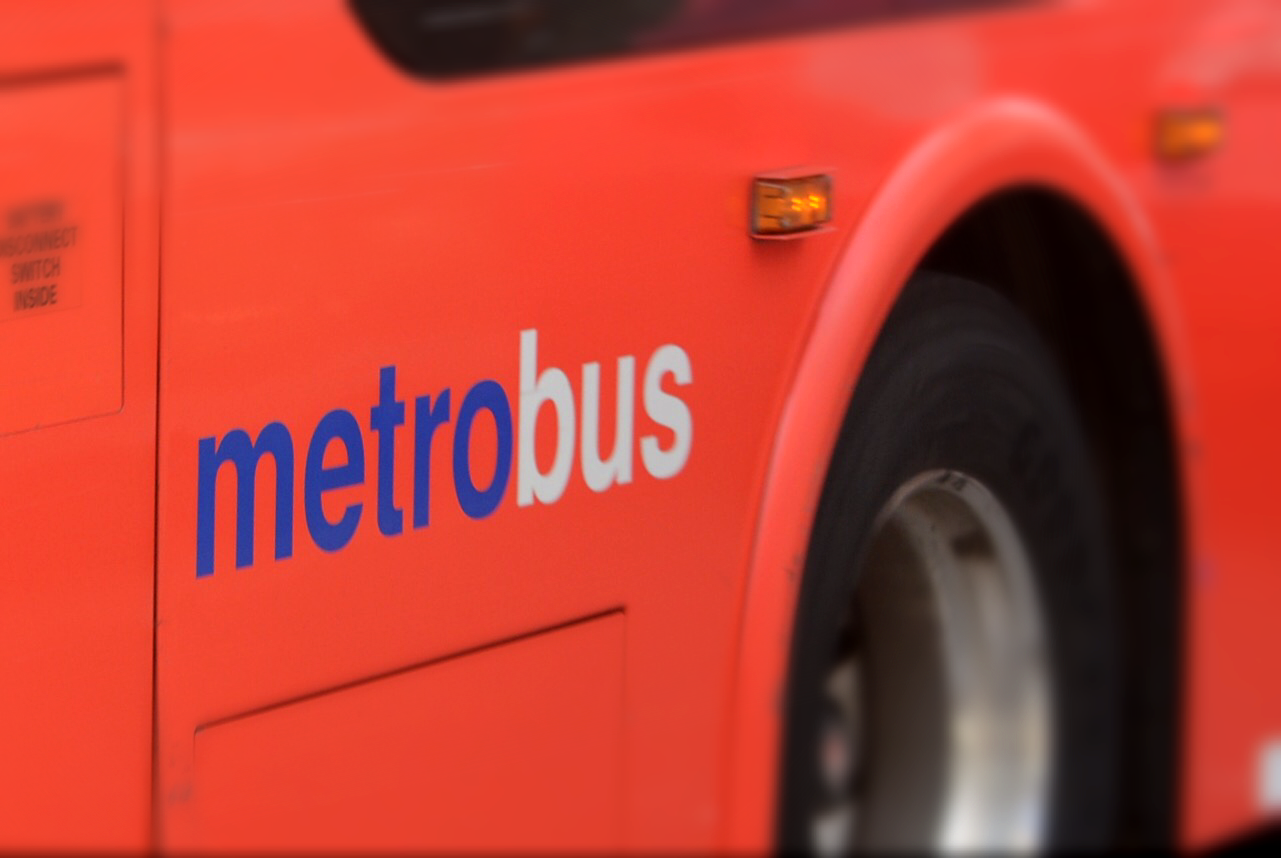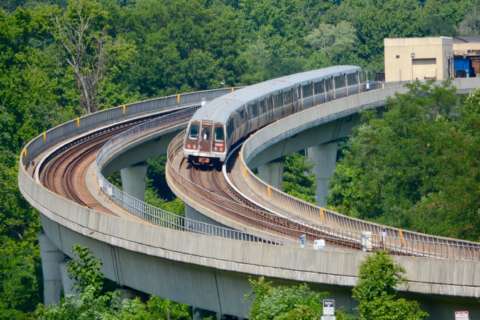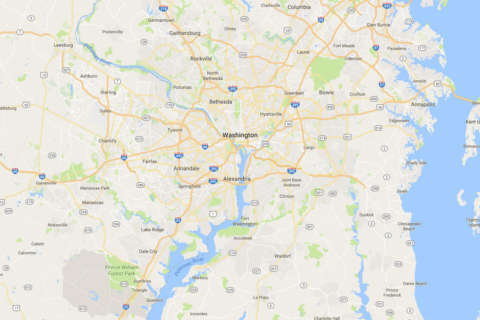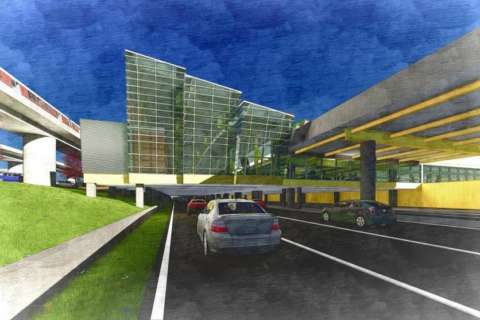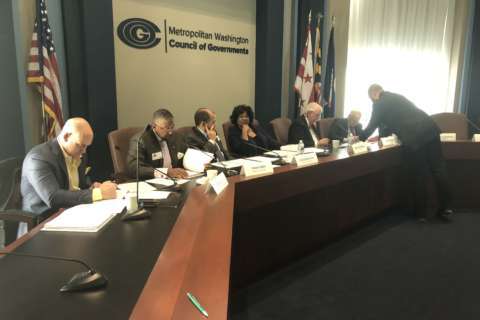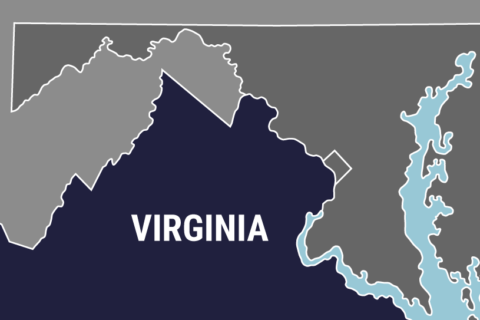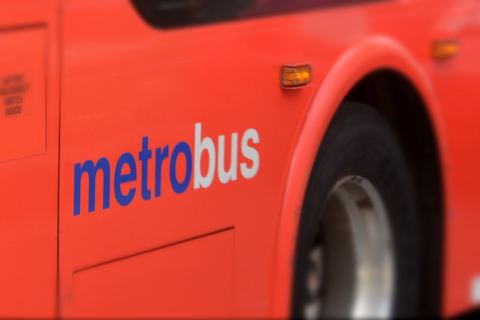
WASHINGTON — A new limited-stop rush-hour bus service started by the District last year is serving a higher proportion of white, wealthy riders than an average Metrobus, a civil rights analysis found.
Metro’s new review of the G9 bus service along Rhode Island Avenue NE/NW that began one year ago Tuesday found that the percentages of minority and low-income riders on the new route were significantly lower than the system averages.
To make up for that, the Metro Board is scheduled Thursday to approve a recommendation from the agency’s civil rights office to add two additional daily trips in June on a separate line in the area, Route 80 down North Capitol Street.
While the Route 80 ridership is estimated to be about 95 percent minority and 70 percent low-income, the disparity for low-income riders even with this service, would remain well above Metro’s usual standard.
The additional trips would still allow Metro to make the G9 bus service permanent because the disproportionate burden on low-income riders would be slightly less than without the extra trips, Metro’s civil rights office said.
Any additional Route 80 service beyond the two additional trips would increase costs so much that it would not be worth the benefit, the office concluded.
G9 popular as it fills gap
The G9 connects neighborhoods like Langdon, Brentwood and Eckington with downtown D.C. on a route that runs from near Mt. Rainier, Maryland to the Shaw-Howard University Metro and Franklin Square.
It launched last year as a pilot program, fully funded by the District government, after a study found increased residential and commercial development in the gentrifying neighborhoods along Rhode Island Avenue justified the additional service.
The G9 bus is popular so far, with an average of more than 600 riders using the route each day.
In addition to a speed boost from fewer stops, the G9 removes a required transfer at the Rhode Island Avenue Metro for a complete bus trip, using other lines like the 83, 86 or G8.
The G9 runs every 15 to 20 minutes from 6 a.m. to 9 a.m. and 3 p.m. to 7 p.m.
A Metro survey of riders found 72.8 percent of G9 riders are nonwhite and only 34 percent are low-income.
System wide, Metro estimates 52 percent of bus riders are low-income and 81.5 percent of riders are members of minority groups.
W9 to be canceled
Separately, Metro plans to eliminate the W9 limited-stop route between L’Enfant Plaza, Waterfront, the Coast Guard Headquarters at St. Elizabeth’s. The line also makes a stop at Joint Base Anacostia-Bolling and Livingston in the morning.
The Coast Guard had covered the government share of the service since 2013 but has now decided to end the funding.
Metro staff believe the 250 riders per day would not justify Metro and local jurisdictions picking up the approximately $500,000 annual cost.
Metro said as part of negotiations for a new five-year subsidy deal, the Coast Guard has indicated it will continue to fund the A4 bus service extension to the Coast Guard Headquarters.
That extension connects the Anacostia Metro to the campus on weekdays from 6 a.m. to 7 p.m.
The changes would be part of larger bus schedule adjustments that are scheduled for public hearings this spring. They would take effect June 24.

